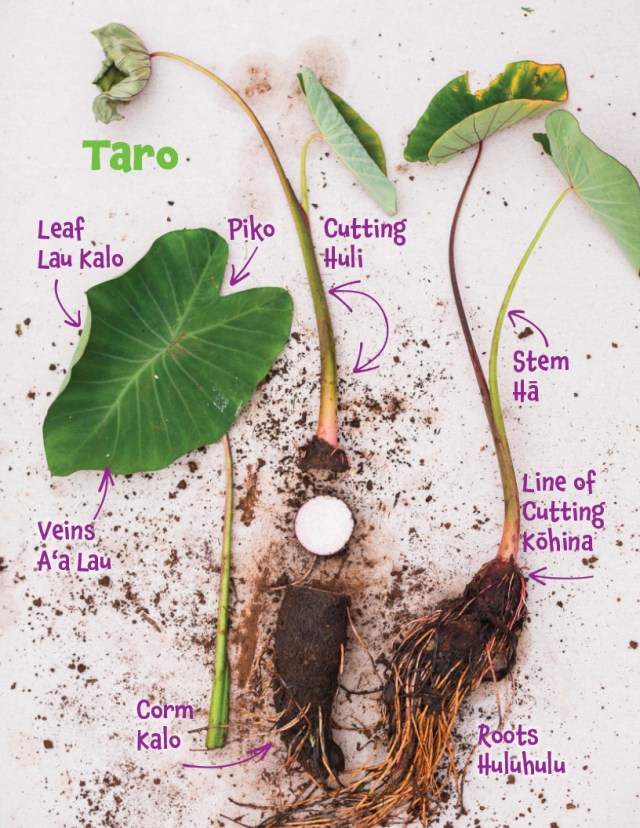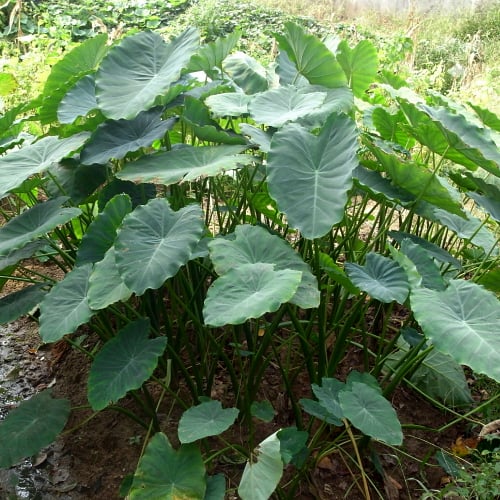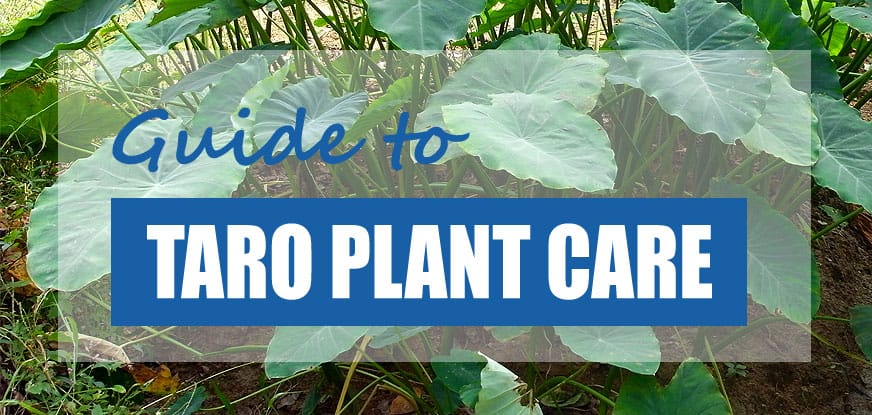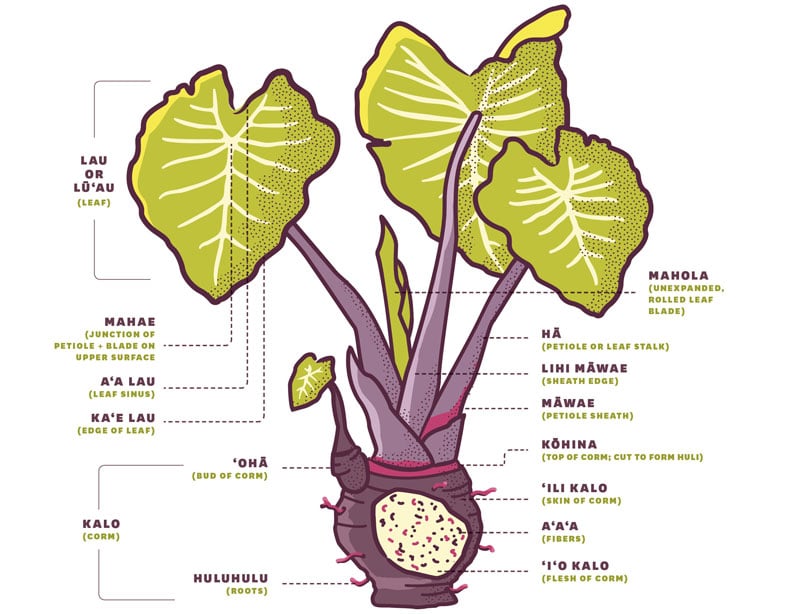Imagine yourself immersed in a lush, green landscape, where the air is filled with the intoxicating scent of earth and vegetation. In this captivating article, you will uncover the secrets behind the time-honored tradition of taro cultivation and understand why it holds such immense significance. With its rich cultural heritage and vital role in sustaining communities, discovering the best way to learn about taro cultivation will not only enlighten your mind but also deepen your appreciation for this ancient practice. So, join us as we embark on a journey to uncover the hidden treasures of taro cultivation and understand its true importance.
1. Introduction
Taro cultivation is a fascinating and important practice that has deep historical and cultural roots. This comprehensive article will explore the various aspects of taro cultivation, including its origins, cultural significance, nutritional benefits, historical importance, economic impact, environmental significance, and cultural and social importance. We will also provide resources for further learning, opportunities to engage with experts, and suggestions for visiting taro cultivation sites and participating in projects and initiatives. Prepare to embark on a journey of discovery and appreciation for the importance of taro cultivation!
2. Understanding Taro Cultivation
2.1 Origins of Taro Cultivation
Taro cultivation can be traced back thousands of years to its origins in Southeast Asia. This starchy root vegetable, scientifically known as Colocasia esculenta, was first domesticated by ancient cultures in this region for its edible corms, leaves, and petioles. From there, the practice of taro cultivation spread to various parts of the world, influenced by trade, exploration, and migration.
2.2 Varieties of Taro
Taro comes in a wide range of varieties, each with its unique characteristics and uses. From the small, round-shaped taro to the large, elongated ones, these variants offer different flavors, textures, and colors. Some popular varieties include Bun Long, Dasheen, Poi, and Edo-imo. Exploring the diverse assortment of taro varieties can be a thrilling experience, both in the field and the kitchen.
2.3 Taro’s Cultural Significance
Taro holds immense cultural significance among various communities around the world. In many cultures, it is considered a staple food and plays an integral role in traditional dishes and ceremonies. The ways in which taro is cultivated, prepared, and consumed vary greatly, offering insights into the rich cultural diversity and traditions associated with this humble plant.
2.4 Nutritional Benefits of Taro
Taro is not only a versatile and delicious food but also a highly nutritious one. It is rich in dietary fiber, vitamins, and minerals, making it a valuable addition to a healthy diet. Taro’s natural composition promotes digestive health, boosts the immune system, and provides an excellent source of energy. Discover the numerous health benefits that can be derived from incorporating taro into your culinary repertoire.

Explore Uncharted Hawaiian Destinations
3. Historical Importance of Taro Cultivation
3.1 Ancient History of Taro Cultivation
The cultivation of taro has a fascinating ancient history. Archaeological evidence suggests that taro has been cultivated for over 6,000 years, with its origin dating back to the Neolithic period. Ancient civilizations relied on taro cultivation for its sustenance, paving the way for the development of societies and contributing to the growth of food production techniques.
3.2 Taro in Indigenous Cultures
Indigenous cultures have embraced taro cultivation as a vital aspect of their heritage and identity. The deep connection with the land and their ancestral traditions is reflected through the cultivation, preparation, and consumption of taro. The knowledge and practices passed down through generations form an integral part of indigenous cultures, promoting sustainability, resilience, and community cohesion.
3.3 Taro’s Role in Hawaiian Culture
In Hawaiian culture, taro is known as kalo and holds tremendous cultural significance. It is considered a sacred plant and plays a central role in traditional Hawaiian cuisine, rituals, and even the creation stories of the islands. Taro cultivation, known as lo’i kalo, is deeply intertwined with Hawaiian identity and represents a way of life that has been practiced for centuries.
4. Economic Importance of Taro Cultivation
4.1 Taro as an Agricultural Industry
Taro cultivation has not only cultural and historical importance but also significant economic implications. Many regions around the world rely on taro as an agricultural industry, providing employment opportunities and contributing to local economies. The cultivation, processing, and distribution of taro products create a market with a considerable economic value, supporting livelihoods and sustaining communities.
4.2 Taro’s Economic Impact in Various Countries
Taro cultivation has distinct economic impacts in different countries. Countries such as China, India, and Nigeria are among the top producers of taro, where it serves as a crucial cash crop and contributes to exports. In the Pacific Islands, taro is a vital crop for food security and economic stability, especially in countries like Samoa, Fiji, and Tonga. Exploring the diverse economic landscapes shaped by taro cultivation provides valuable insights into global agriculture and trade.
4.3 Global Trade and Export of Taro
The global trade and export of taro have expanded significantly in recent years, driven by its growing demand and versatility. Taro products, such as frozen taro, taro chips, and taro flour, have gained popularity in international markets. This trade not only supports local economies but also promotes cultural exchange and appreciation for this traditional crop. Explore the global reach of taro cultivation and the opportunities it presents in international trade.

Plan Your Dream Hawaiian Getaway
5. Environmental Significance of Taro Cultivation
5.1 Taro’s Role in Ecosystems
Taro cultivation goes beyond its economic and cultural significance; it also plays a crucial role in shaping ecosystems. Taro requires specific conditions, such as abundant water supply and fertile soil, making it a suitable candidate for wetland ecosystems. Its cultivation helps maintain biodiversity, mitigates soil erosion, and supports the conservation of wetland habitats, providing significant ecological benefits.
5.2 Taro as a Sustainable Crop
Taro cultivation is renowned for its sustainability and low environmental impact. Unlike monoculture crops, taro cultivation follows a polyculture system, promoting biodiversity and minimizing the need for synthetic fertilizers and pesticides. Additionally, taro plants have a high water-use efficiency, making them suitable for water-scarce regions.
5.3 Conservation Efforts for Taro
Conservation efforts for taro are vital to protect its biodiversity and ensure its continued availability. Organizations and initiatives worldwide are dedicated to preserving rare and heirloom taro varieties, promoting sustainable farming practices, and educating communities about the importance of taro conservation. Engaging with these efforts helps preserve the rich genetic diversity of taro and contributes to maintaining resilient agricultural systems.
6. Cultural and Social Importance of Taro Cultivation
6.1 Taro in Traditional Foods and Cuisine
Taro’s cultural and social importance is clearly evident in the role it plays in traditional foods and cuisine worldwide. From the Hawaiian poi to the Malaysian keladi, taro-based dishes are cherished heritage recipes passed down through generations. Exploring traditional foodways and preparing these dishes not only offers a glimpse into different cultures but also fosters a sense of connection and appreciation for indigenous culinary traditions.
6.2 Taro in Rituals and Ceremonies
Taro’s cultural importance extends beyond food and is deeply entwined in rituals and ceremonies. In various cultures, taro is used in ceremonies to mark significant life events such as weddings, births, and harvest festivals. These rituals highlight the spiritual and symbolic value of taro in indigenous practices, reinforcing communal bonds and honoring cultural heritage.
6.3 Taro’s Role in Indigenous Livelihoods
Taro cultivation serves as a crucial source of livelihood for many indigenous communities. It provides food security, creates economic opportunities, and fosters self-sufficiency. Indigenous farmers’ deep knowledge and unique cultivation techniques enable the sustainable production of taro, ensuring its availability for future generations. Supporting indigenous taro growers and recognizing their contribution to sustainable agriculture is essential for preserving cultural diversity and promoting inclusive development.

Experience Hawaii’s Unique Attractions
7. Educational Resources for Learning about Taro Cultivation
7.1 Taro Cultivation Courses and Workshops
If you are eager to learn more about taro cultivation, various courses and workshops are available to enhance your knowledge. These educational opportunities cover a wide range of topics, from the basics of taro cultivation to advanced farming techniques, preservation methods, and sustainable practices. Enrolling in these courses enables you to gain hands-on experience and learn from experienced practitioners, empowering you to become an advocate for sustainable taro cultivation.
7.2 Online Taro Cultivation Resources
The Internet offers a wealth of information on taro cultivation, including websites, blogs, and forums dedicated to sharing knowledge and experiences. Online resources provide information on cultivation techniques, troubleshooting common issues, and connecting with a community of taro enthusiasts worldwide. Exploring these resources allows you to access a vast pool of taro expertise and engage in discussions that expand your understanding of this fascinating crop.
7.3 Books and Publications on Taro Cultivation
Books and publications provide an in-depth exploration of taro cultivation, history, and cultural significance. These resources offer a comprehensive understanding of various aspects of taro, including its botany, culinary uses, and cultural significance. From ethnobotanical studies to practical farming guides, these books serve as valuable references for both beginners and experienced taro enthusiasts, fostering a lifelong passion for this remarkable crop.
8. Learn from Experts in Taro Cultivation
8.1 Taro Farmers and Agriculturists
Learning from experts in taro cultivation, such as experienced taro farmers and agriculturists, is an invaluable opportunity to gain practical knowledge and insights. Engaging with these individuals allows you to understand the unique challenges and innovative approaches in taro farming. By visiting local farms, attending agricultural events, and participating in workshops, you can tap into the wealth of experience and wisdom shared by those deeply rooted in the taro cultivation community.
8.2 Indigenous Communities with Taro Expertise
Indigenous communities with taro expertise possess a wealth of knowledge about the cultivation, preservation, and cultural importance of this revered crop. Engaging with these communities allows for a holistic understanding of the traditional agroecological practices and the intricate relationships between taro, people, and the environment. Through exchanges, collaborations, and respectful partnerships, learning from indigenous communities fosters cultural appreciation, knowledge sharing, and sustainable development.
8.3 Taro Research and Extension Centers
Taro research and extension centers are dedicated to advancing scientific knowledge and promoting sustainable taro cultivation. These institutions conduct research, develop innovative cultivation techniques, and provide valuable resources to farmers and the wider community. By engaging with these centers, you gain access to cutting-edge research, expert advice, and collaborative opportunities that contribute to the future of taro cultivation and agricultural sustainability.

9. Visiting Taro Cultivation Sites
9.1 Visiting Traditional Taro Farms
Visiting traditional taro farms offers a unique opportunity to witness firsthand the intricate relationship between taro cultivation and local communities. Immerse yourself in the sights, sounds, and aromas of traditional farming practices as you explore fields lush with taro plants. By engaging with farmers, participating in farm activities, and learning about the local customs and traditions tied to taro cultivation, you enrich your understanding of this ancient practice.
9.2 Taro Cultivation Heritage Sites
Taro cultivation heritage sites provide an insight into the historical and cultural significance of taro cultivation in specific regions. These sites often feature well-preserved traditional farming structures, historical artifacts, and informative exhibits that highlight the importance of taro in shaping local identities. Exploring these heritage sites allows you to connect with the past, appreciate indigenous knowledge systems, and recognize the continued relevance of taro cultivation in contemporary society.
9.3 Taro Farms with Guided Tours
For those seeking a guided and educational experience, taro farms with guided tours offer a structured and informative way to learn about taro cultivation. Knowledgeable guides lead visitors through the cultivation process, explaining the steps involved, the cultural practices associated with taro, and the significance of sustainable farming methods. These guided tours provide an immersive experience that enhances your understanding and appreciation of taro cultivation practices.
10. Participate in Taro Cultivation Projects and Initiatives
10.1 Volunteer Opportunities in Taro Cultivation
For individuals passionate about taro cultivation and conservation, volunteering in taro cultivation projects presents a rewarding experience. Volunteering provides an opportunity to work alongside farmers, assist in planting and harvesting, and contribute to the preservation of taro biodiversity. By dedicating your time and skills, you play an active role in supporting sustainable taro cultivation and safeguarding this remarkable crop for future generations.
10.2 Community-based Taro Cultivation Projects
Community-based taro cultivation projects harness the collective efforts of local communities to revive and promote sustainable taro farming. These projects often involve collaboration between farmers, researchers, and community organizations, working towards shared goals such as food security, environmental stewardship, and cultural preservation. Participating in these projects allows you to actively contribute to community development and witness the transformative power of collective action.
10.3 Collaboration with Indigenous Taro Growers
Collaborating with indigenous taro growers establishes meaningful partnerships that respect traditional knowledge and promote cultural preservation. These collaborations can take various forms, such as knowledge exchanges, joint research projects, or market access initiatives. By engaging in respectful dialogue and partnership, you foster cultural appreciation, promote social equity, and contribute to the preservation of indigenous practices and knowledge systems.
In conclusion, learning about the importance of taro cultivation involves delving into its origins, cultural and historical significance, economic impact, environmental role, and cultural and social importance. By exploring taro cultivation, engaging with experts, visiting cultivation sites, and participating in projects and initiatives, you embark on a transformative journey that deepens your understanding and appreciation for this remarkable crop. Let the knowledge gained inspire you to support sustainable taro cultivation efforts, promote cultural diversity, and safeguard taro for future generations.
